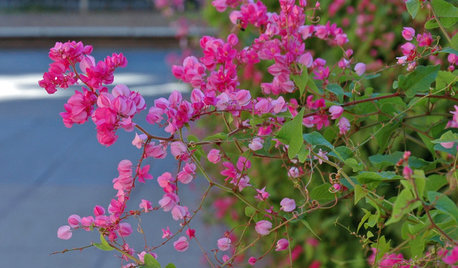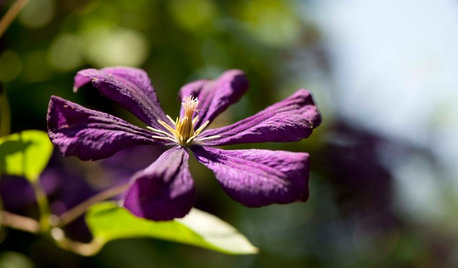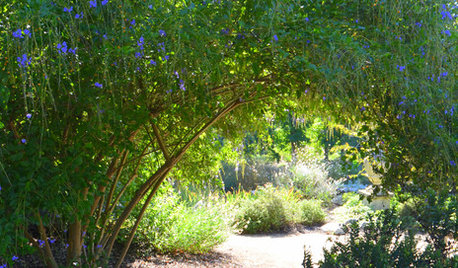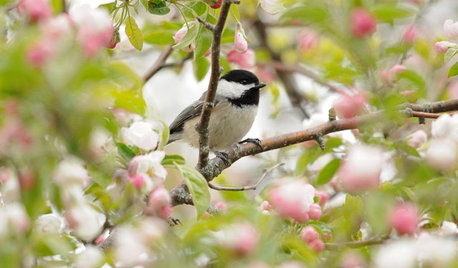planting fruit trees early March
tcsouthpaw
12 years ago
Related Stories

GARDENING GUIDESGreat Design Plant: Grow Blueberries for Their Fruit and More
Eastern gardeners should consider growing blueberry plants for their delicious fruits, bee-friendly spring blooms and brilliant fall foliage
Full Story
EDIBLE GARDENSHow to Grow 10 Favorite Fruit Trees at Home
Plant a mini orchard in fall, winter or early spring to enjoy fresh-off-the-tree fruit the following year
Full Story
GARDENING GUIDESSouthwest Gardener's March Checklist
Dust off your gardening tools and get busy pruning to help your trees and plants reach their full potential
Full Story
GARDENING AND LANDSCAPINGCrazy for Fruit Trees
Whether a single citrus or a mini apple orchard, even the smallest landscape space can bear deliriously delicious fruit
Full Story
FARM YOUR YARDIf You Have Room for Only One Fruit Tree ...
Juice up a small garden with one of these easier-care or worth-the-effort fruit trees for a mild climate
Full Story
GARDENING GUIDESSoutheast Gardener's March Checklist
Start fresh by envisioning new plant combinations as you tend to fruit trees and rosebushes — and watch out for those darned voles
Full Story
EDIBLE GARDENSGrow Plum Hybrids for Your Favorite Fruit Flavors
Plums are cozying up with apricots, peaches and even cherries — here’s how to grow these hybrids for the best aspects of each
Full Story
FLOWERS AND PLANTSHeat-Loving Duranta Erecta Blooms From Spring Into Early Fall
Golden dewdrops, a versatile tropical shrub, has delicate purple and white blossoms
Full Story
SPRING GARDENINGSpring Gardens Are Waking — Here’s What to Do in March
Excitement fills the air when gardens come back to life. These guides will help you make the most of yours
Full Story
REGIONAL GARDEN GUIDESCalifornia Gardener's March Checklist
Give natives and tropicals a well-deserved spotlight — plus, discover an easy herb that keeps on giving
Full StorySponsored
Leading Interior Designers in Columbus, Ohio & Ponte Vedra, Florida






brandon7 TN_zone7
tcsouthpawOriginal Author
Related Professionals
Glen Ellyn Landscape Architects & Landscape Designers · Owings Mills Landscape Architects & Landscape Designers · Maple Heights Landscape Architects & Landscape Designers · Wilmington Landscape Contractors · Dunwoody Landscape Contractors · Fort Payne Landscape Contractors · Nanuet Landscape Contractors · Nashua Landscape Contractors · Rio Linda Landscape Contractors · Tacoma Landscape Contractors · 07920 Landscape Contractors · Greenfield Landscape Contractors · West Hartford Solar Energy Systems · Fort Myers Roofing & Gutters · Miami Beach Roofing & Guttersbrandon7 TN_zone7